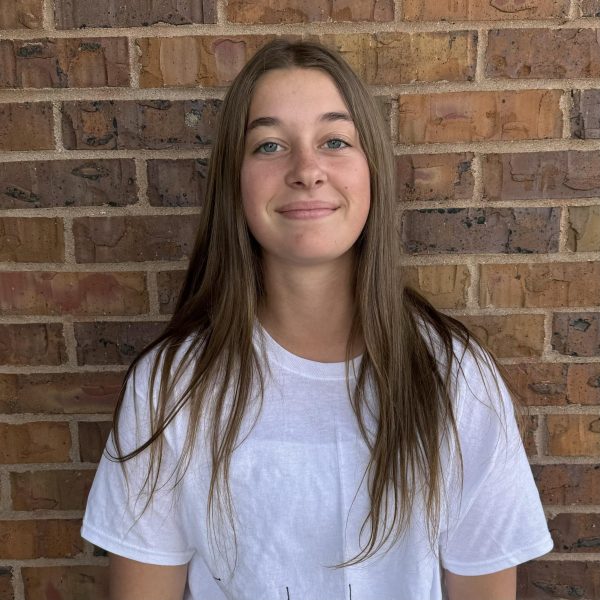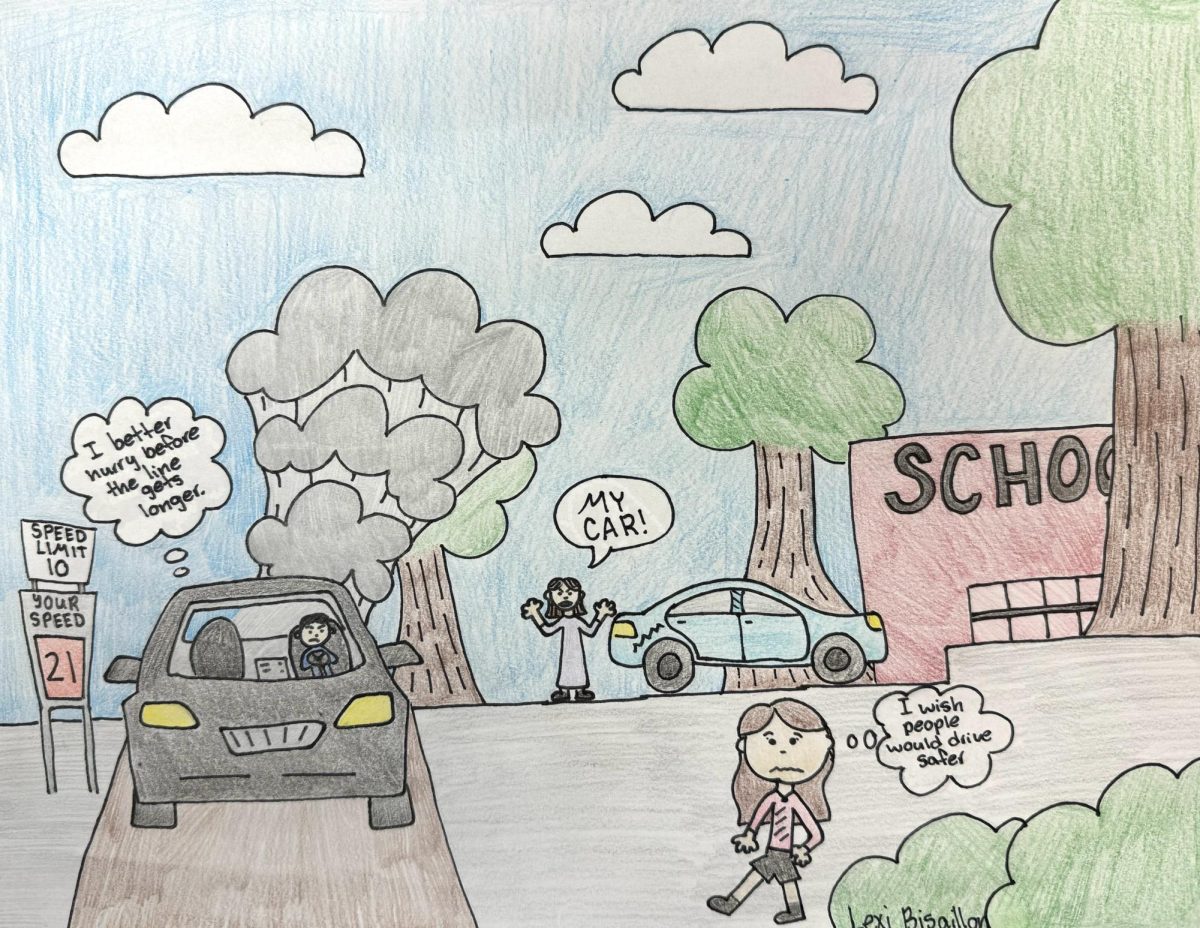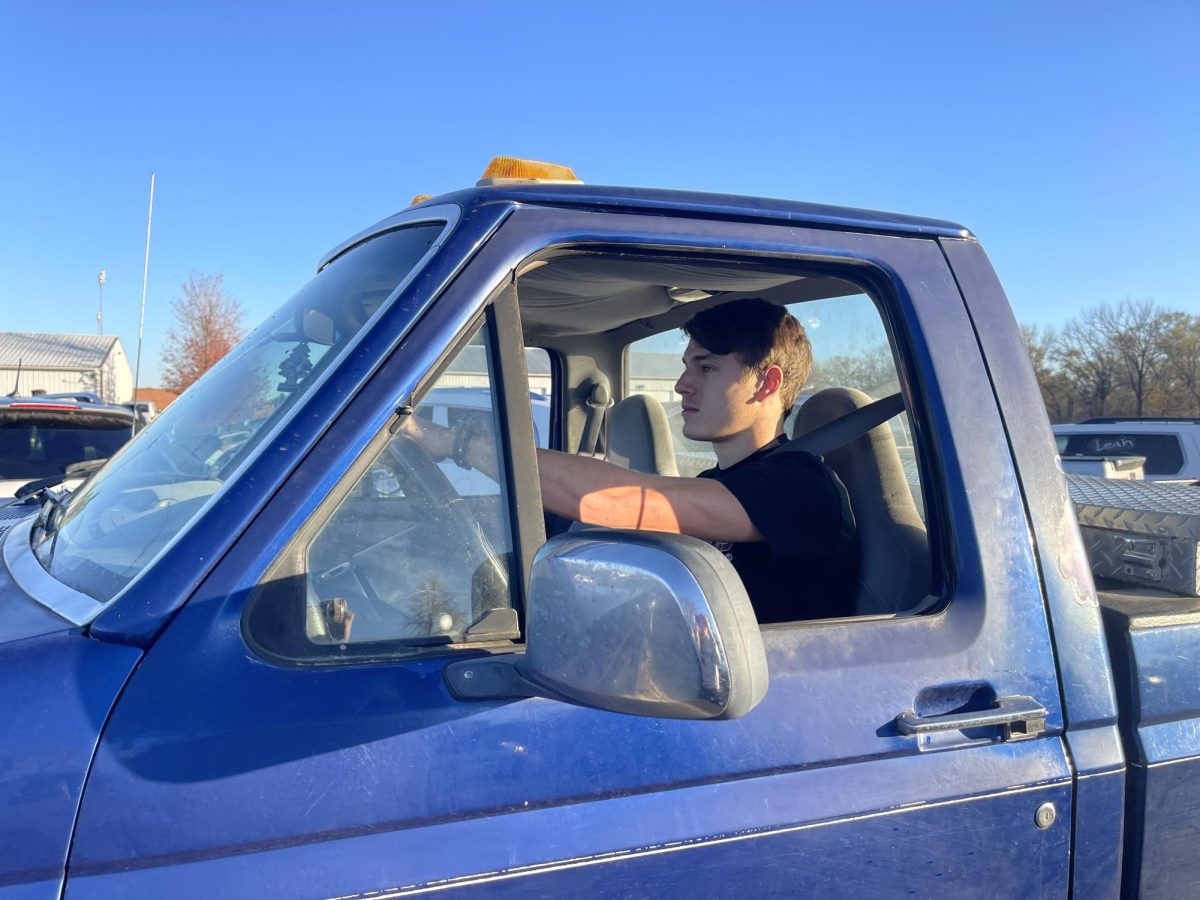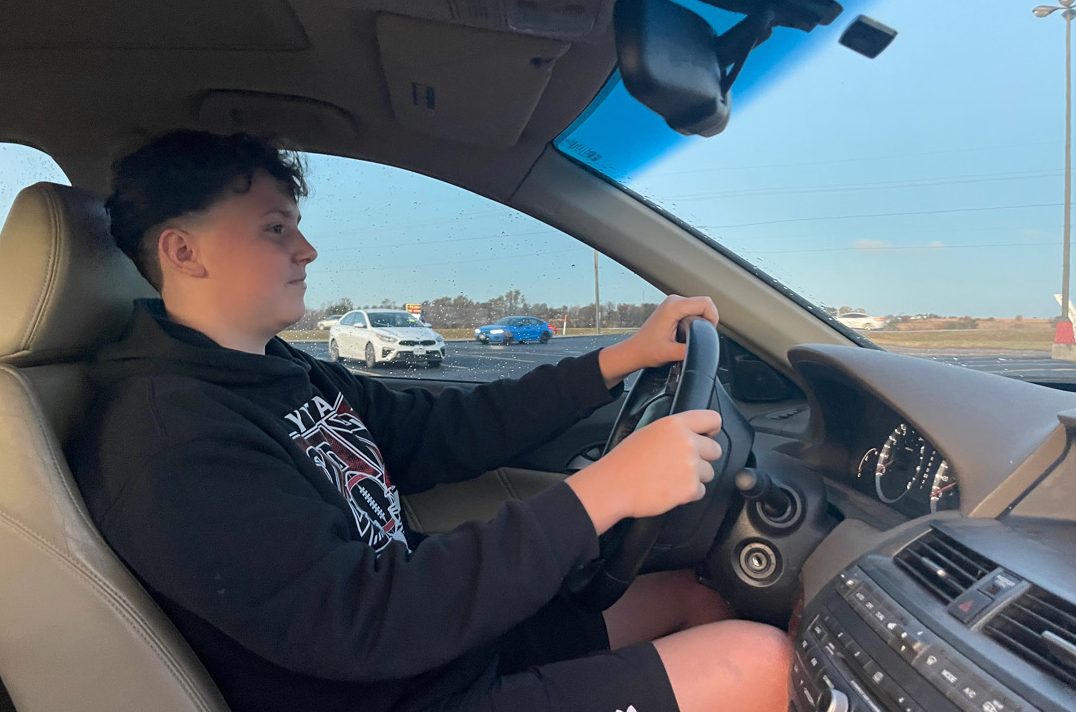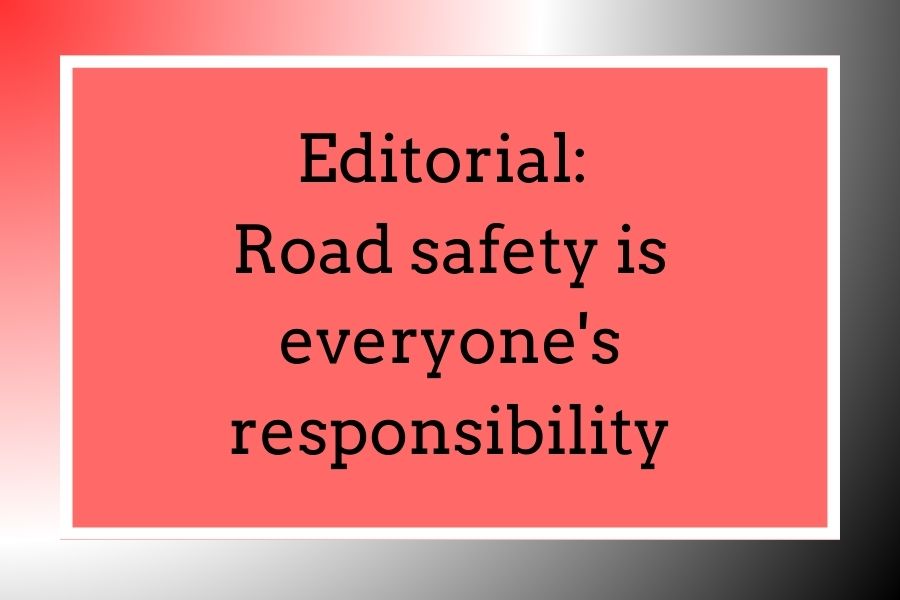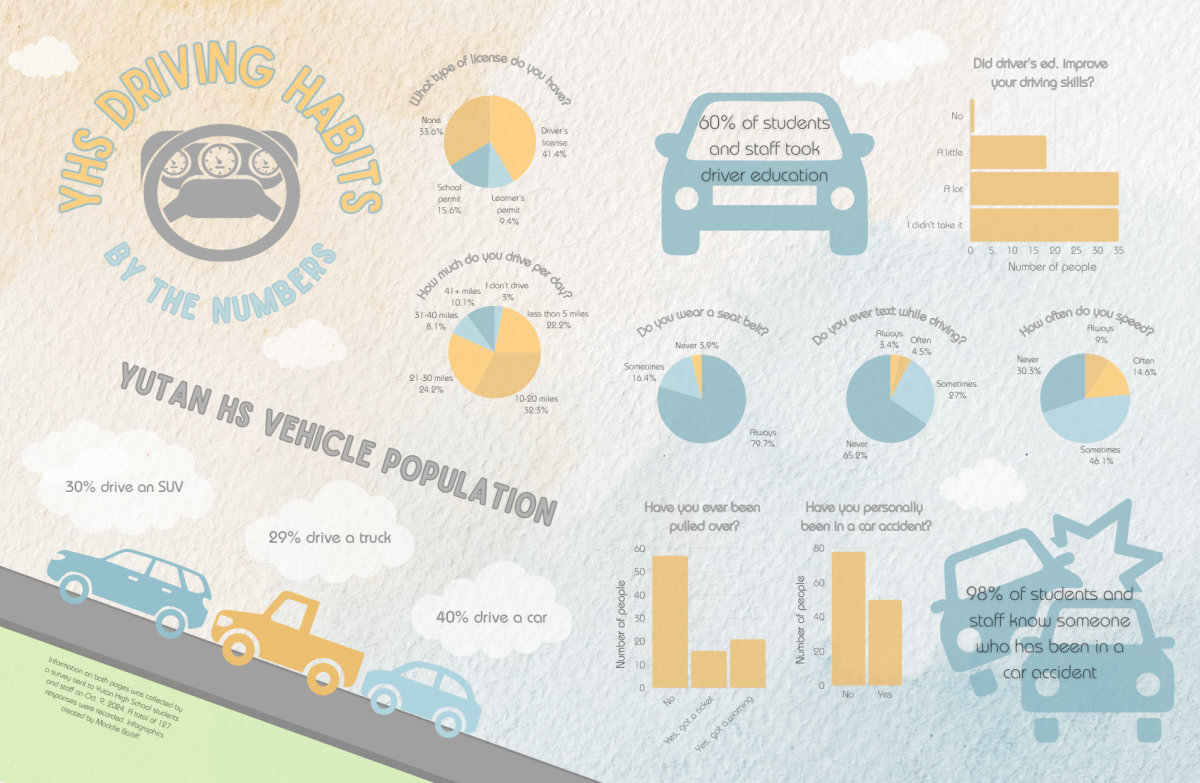Situated right next to Highway 92, Yutan sees a lot of traffic, which also means there’s a higher chance of car accidents. This is something that keeps the Yutan Volunteer Fire/Rescue Department busy throughout the year.
“Due to the multitude of traffic passing through the fire district, we see a variety of accidents involving all vehicle types,” Yutan Fire Captain Paul Rupp said.
When a car accident call comes in, the fire department sends certain trucks to the scene with different first responders in a specific order.
“The first thing we usually roll out the door is our squad. Because most times there’s a car accident, there’s somebody hurt,” firefighter and emergency medical technician (EMT) Jason Smith said. “And then after that, we’ll roll our engine, which has some cutters and spreaders on them.”
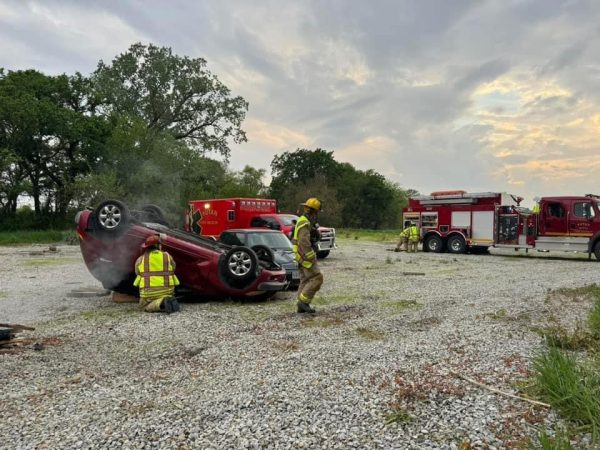
After they arrive on scene, the first responders always assess the situation to decide what specific steps to take.
“The initial steps when you pull up to a scene is to do what we call scene size-up,” Smith said. “We’ll do a 360, and they’ll basically figure out what resources that we need to call in extra or if we have enough already on the way.”
A part of the scene size-up also involves assigning roles to the first responders on scene. But all this can change depending on the severity of the accident.
“Someone needs to take the command role as soon as possible,” Rupp said. “Also, sometimes patient care trumps the command role. If we have critically injured patients, we need to put all the resources towards those patients instead of taking command of the scene. It’s just a very fluid situation.”
Once first responders are assigned, they get busy working, which involves using equipment ranging from axes, Halligan bars, seatbelt cutters and window punches.
“So extrication is one of the big things that we do on car accidents. If they’re severe, we have the jaws of life, where we can cut through medic metal and spread metal apart if it’s crumpled up due to the impact, to get a patient out when they can’t get their doors open, windows open. We have to sometimes cut doors off, cut roofs off and remove windows and windshields to get a patient out,” Yutan Emergency Medical Services (EMS) Captain Kaela Thompson said.
To help these car accident calls run more smoothly and to get more practice with their equipment, the fire department trains every Thursday of the month, which they call “drill night.”
“We train on our jaws of life. We practice with cars that come from some of the metal recycling shops around here. They donate them to us luckily, and so we can practice cutting mannequins out of cars so that we have our skills sharp,” Thompson said. “There, we practice extricating patients out onto backboards and onto stretchers often. We practice with our airbags and our struts, just all sorts of vehicle stabilization and rescue tools. We practice with that many times a year.”
Keeping their skills sharp is essential because the Yutan department sees multiple accidents every month.
“We see a big uptick of them in the winter and then another big uptick in the summer and fall…it depends on what everyone’s doing, where everyone’s traveling to, but I would say each month we get at least four to five accidents, and unfortunately, they’re usually on the highway,” Thompson said.
Many of the accidents Yutan sees are due to distracted driving. According to the National Highway Traffic Safety Administration, 292,348 people were either injured or killed from distracted driving, and this is something the Yutan squad has seen first hand.
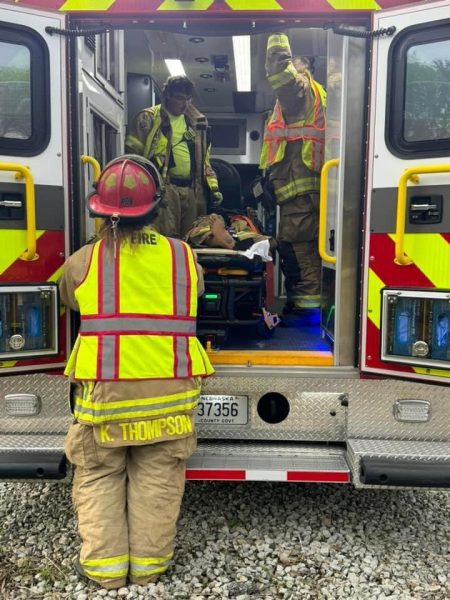
“The texting and driving and the phone use is incredible. For my full time job, I’m a fireman, and I sit up in the fire truck, and we drive in the metro all the time, and the amount of people who are on their phone without seat belts is staggering,” Rupp said. “It’s unreal. That’s the number one thing. I can look out the window of the fire truck, and I can see down in their vehicles. I can watch people literally texting as they’re driving without their seatbelt on. Unreal.”
Another thing that contributes to car crashes is the weather—sun glare, snow, fog, wind, rain. These can all have a significant impact on a crash.
“So you would automatically go to snow or blizzards. You would think that would be the worst one, but actually it’s rain,” Rupp said. “It’s hydroplaning from rain storms hitting those spots, and then the car hydroplanes and goes into another accident.”
To help avoid so many car accidents that could be preventable, the fire/rescue department strives to educate the community.
“We put out lots of public education on moving to the other side of the road when there’s emergency vehicles on the side of the road, slowing down and then just distracted driving,” Thompson said.
Another tip from the fire department to avoid so many car accidents is to improve awareness and stay more alert while on the road.
“Turn down the music a little bit. I’m guilty of it. I love listening to music really loud, but in doing that, you’re not paying as much attention to the road,” Smith said. “You’re trying to hit those high notes like the Progressive commercial. You’re sitting there singing as loud and as good as you think you are, and then all of a sudden, the person in front of you stopped and you’ve just rear ended them.”
Overall, every driver can do their part to help make the fire/rescue department’s job easier.
“Don’t drive distracted. Make sure that you’re paying attention. Follow the speed limits. Wear your seatbelt at all times, whether you’re going down the block to your friend’s house or you’re driving to another town on the highway,” Thompson said. “Wear your seatbelt and do not drive distracted. Pay attention. It’s really important.”


